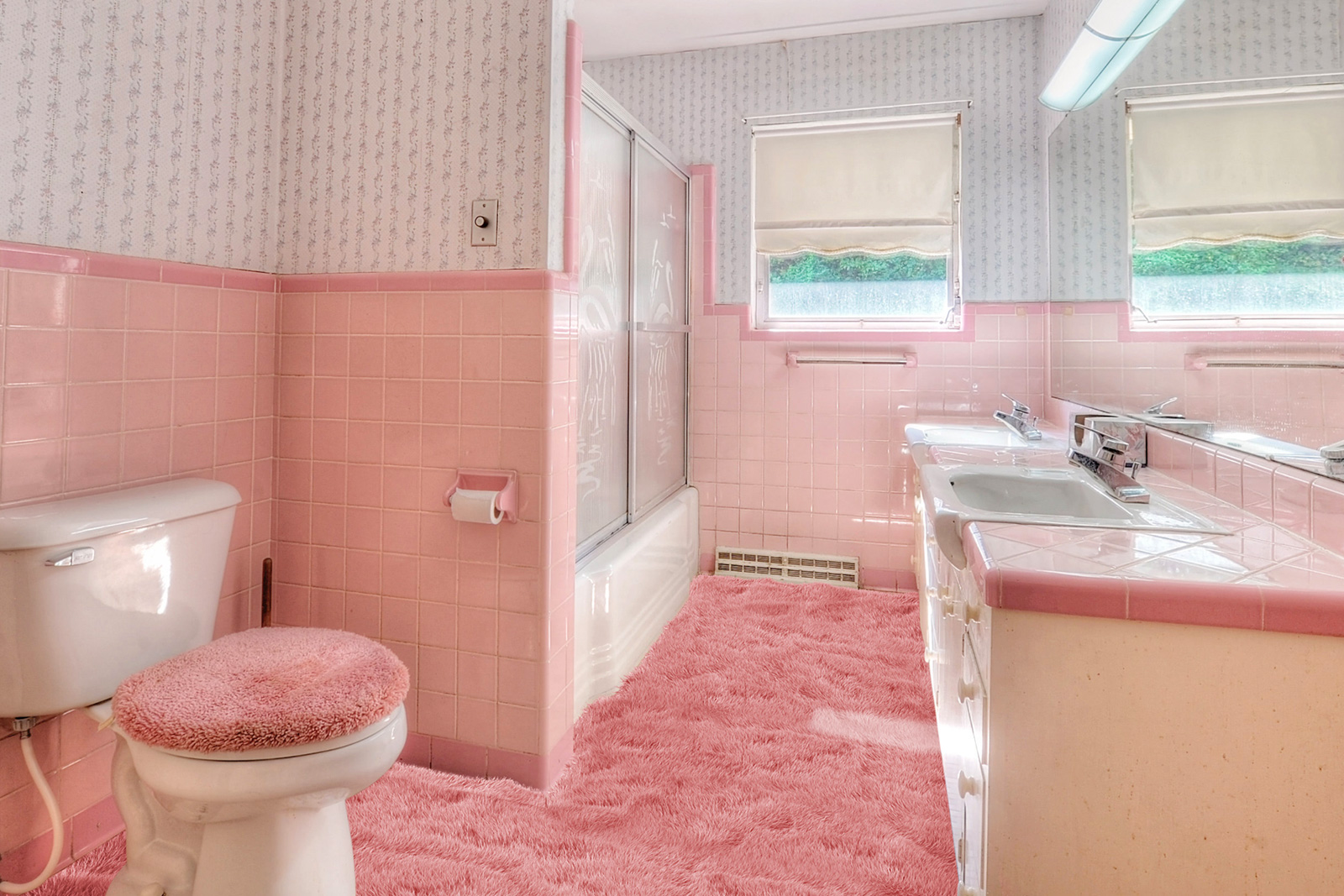

If not, repeat until you achieve the results.Īlthough it is easy to do away with serratia marcescens in your bathroom and toilet, it is quite challenging to get rid of it entirely.

Oink.in.bathtub removem windows#
Also, open the windows or run a fan for ventilation Method #1
Oink.in.bathtub removem how to#
Leakages in your plumbing system that allow moisture to escape and accumulate on different surfaces in your house can habitats for Serratia Marcescens Leaks How to get Rid of the Pink Stains and RingĪfter you have identified that indeed you have pink stains, you need to act fast and quick before the bacteria multiplies and gets worse.Įnsure to have gloves and a breathing mask on especially if you are sick. The stains from mineral deposits can also be orange in color and they also collect just above the water line. The other possible reason pink discoloration appears in your toilet is remnants of iron and other minerals (such as manganese, and copper) found in the piping system of the house. Pink Disloration Iron & other Mineral Deposits Owing to the fact the bacteria is airborne, it can be moved to any place and it can survive as long there is moisture. There is plenty of water and phosphates (from soap) in the toilet or bathroom that provide a conducive environment for the bacteria to survive. The bacteria produce a characteristic pinkish-red pigment, that develops well in damp areas with moisture, dust, fats, and phosphorus-laden ingredients such as soaps, gel, human waste, shampoos, and some food products. Serratia Marcescens is naturally found in soil, food or animals. Orange mold is fungus while the pink ring is a colony of airborne bacteria.

The bacterial pink ring looks like orange or pink mold, but it’s actually not mold.

The most common cause of the pink discoloration an airborne bacteria called Serratia Marcescens that settles as a pinkish-gray film on a moist surface such as the toilet bowl or underneath the tank. The pink spots can also be a result of mineral deposits and leakages. The major source of the pink discoloration is bacteria. Other than the toilet, the stains can be seen in many other areas such as the kitchen sink/drain, shower curtains, tubs, and heads, as well as pet bowls. It usually looks like a ring that accumulates at the water line in the bowl or tank. The pink discoloration normally appears in pale shades of colors between blue and red. Is Serratia Darcescens Dangerous What is the Pink Ring Toilet?


 0 kommentar(er)
0 kommentar(er)
